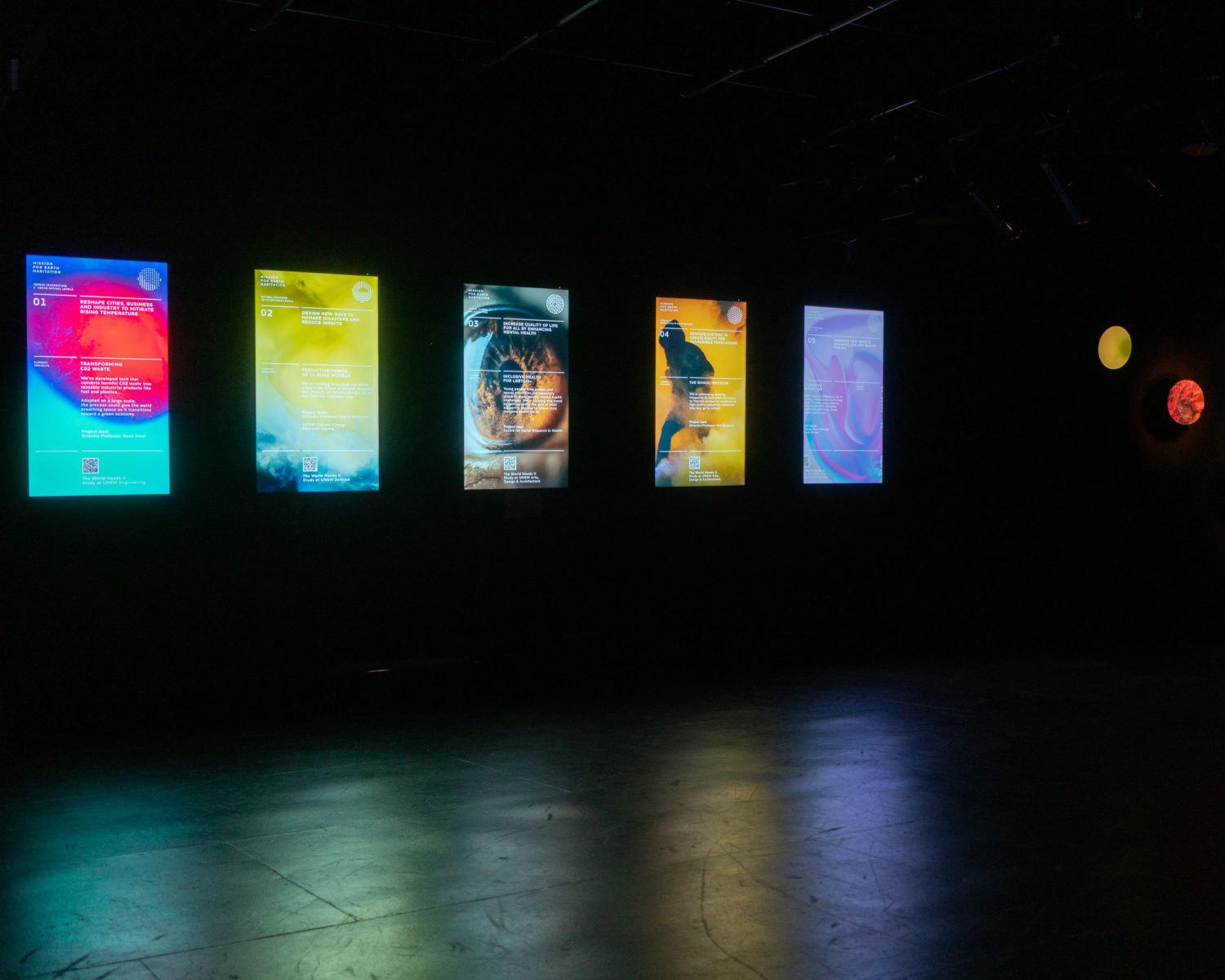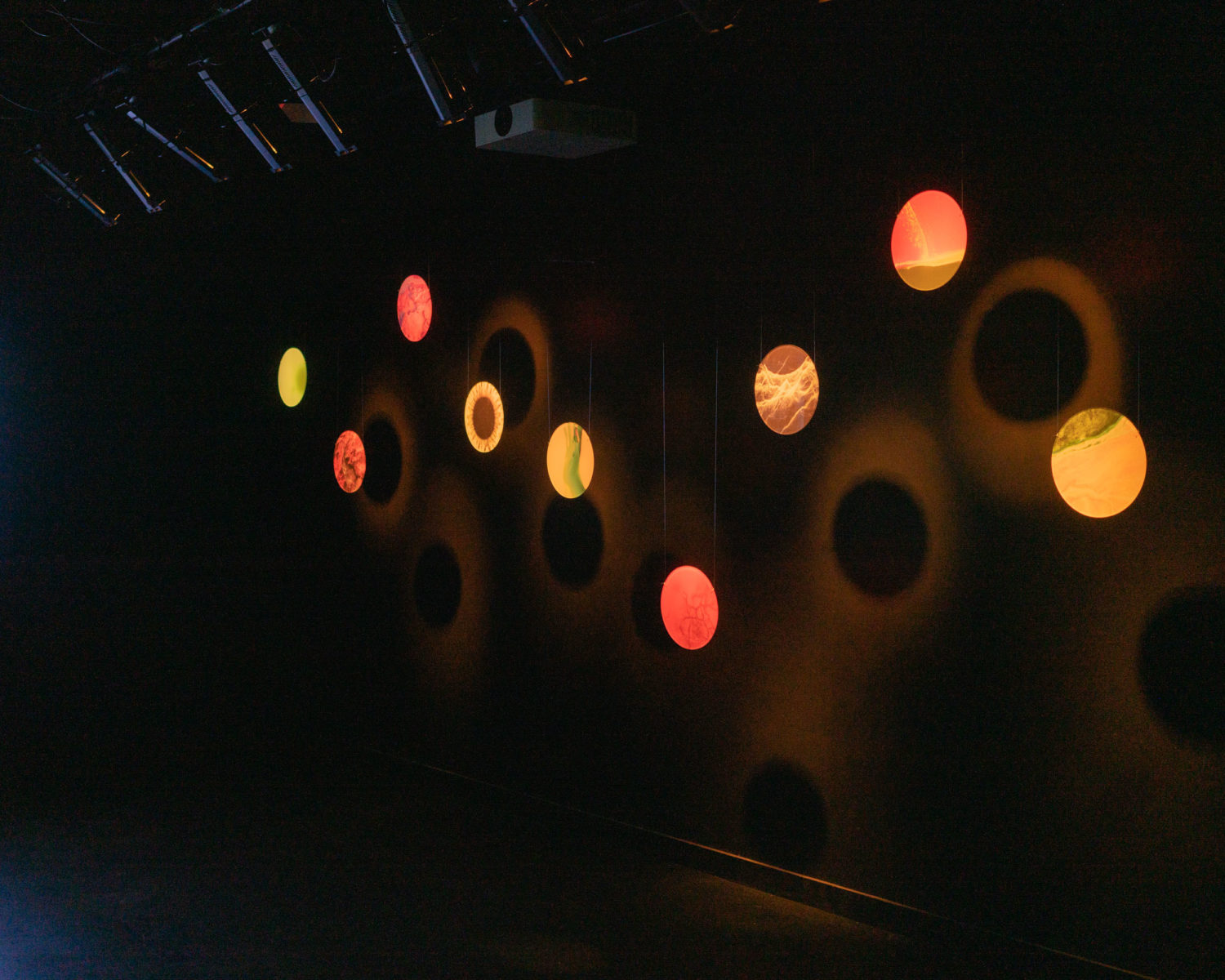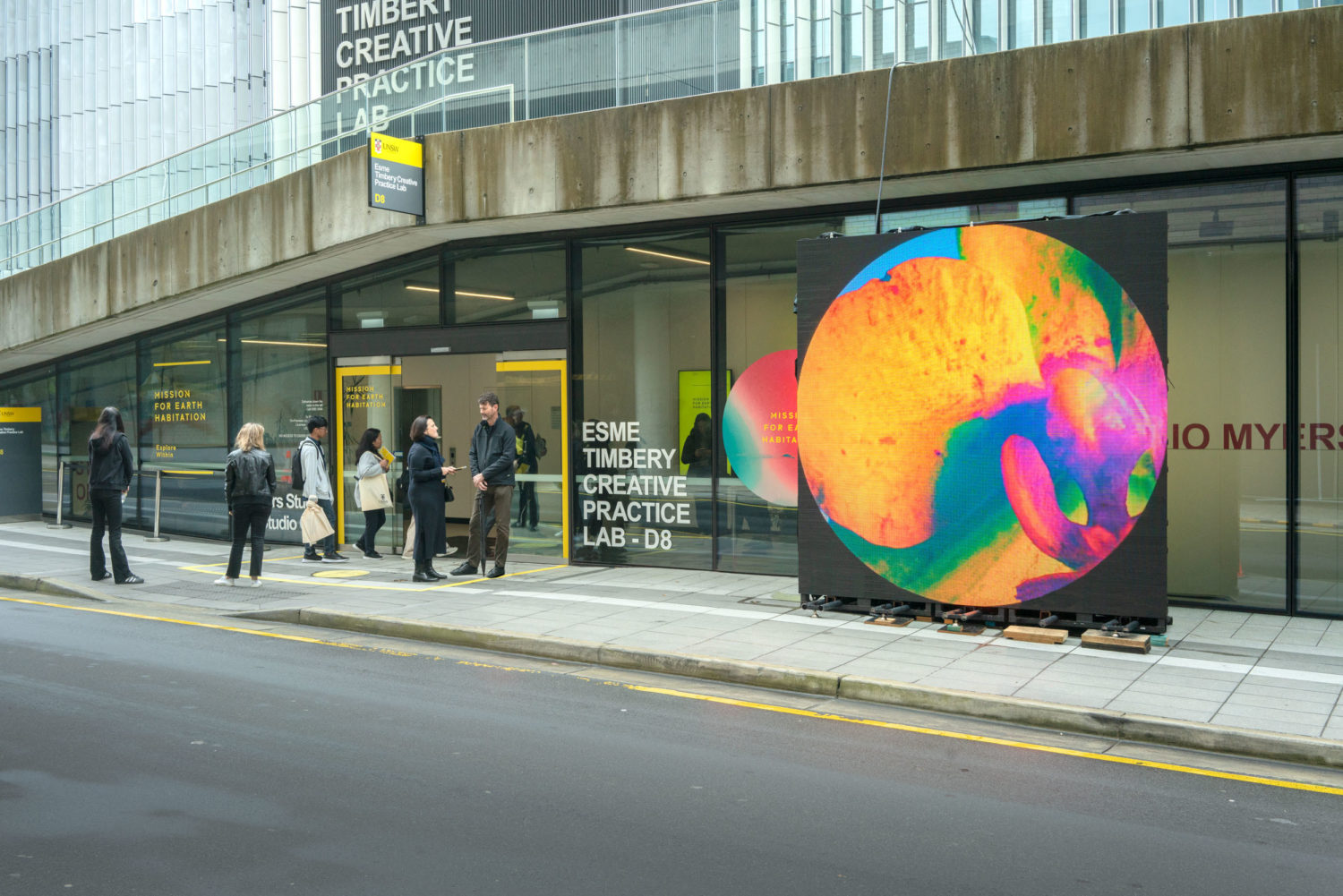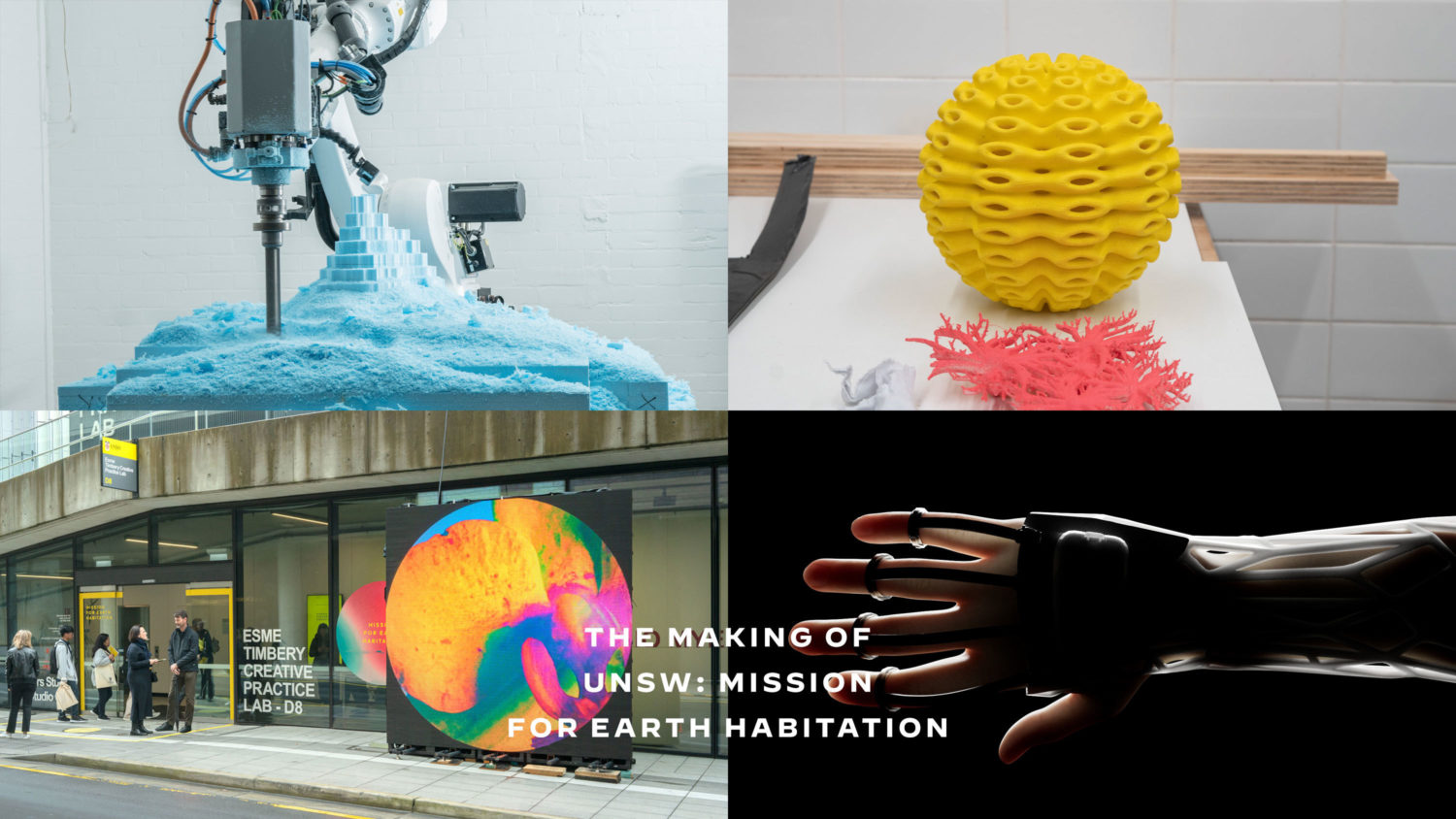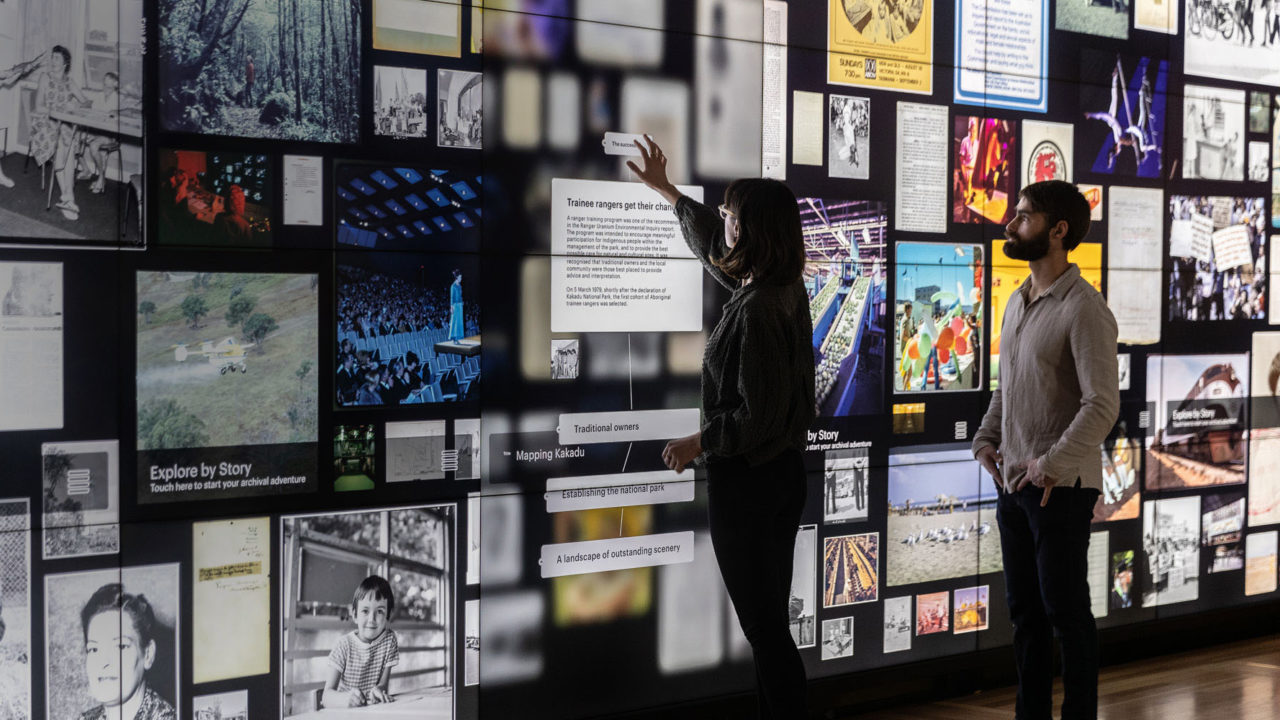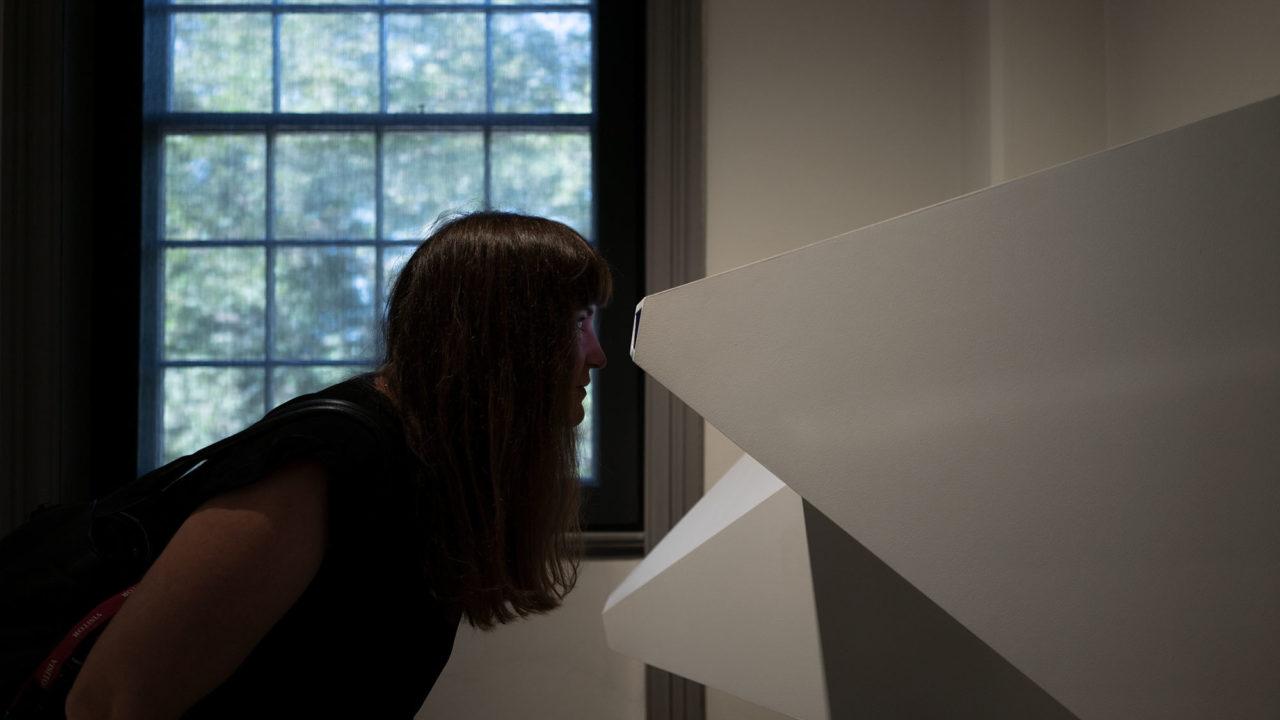University of New South Wales
Mission For Earth Habitation

Commissioned by Howatson+Company for the University of New South Wales, Mission For Earth Habitation was a one day exhibition staged on the University’s annual Open Day.
Created as a takeover of the UNSW Esme Timbery Theatre space, the exhibition was designed as a call to arms to compel new students to think about career choices that could benefit the planet.

The exhibition was created to take place across multiple areas within the building as an exploratory multi-disciplinary journey. We used a range of physical, sonic and screen formats such as tiled LED walls, projections and suspended monitors to explore the themes of the concept in a way that brought a richer experience to visitors.
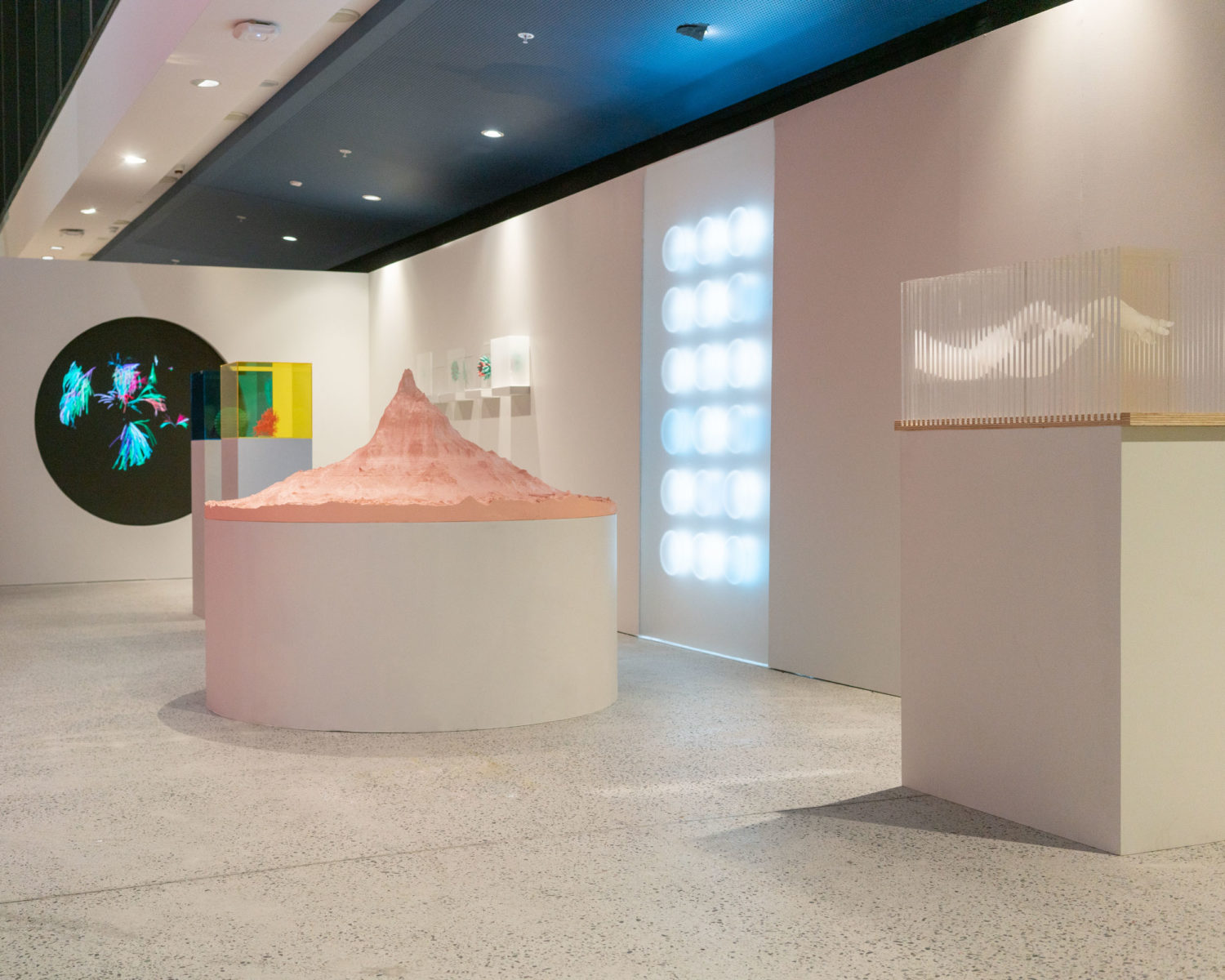
The event needed to have a cohesive and unique presence across a large internal space while at the same time working in harmony with the university’s established brand system.

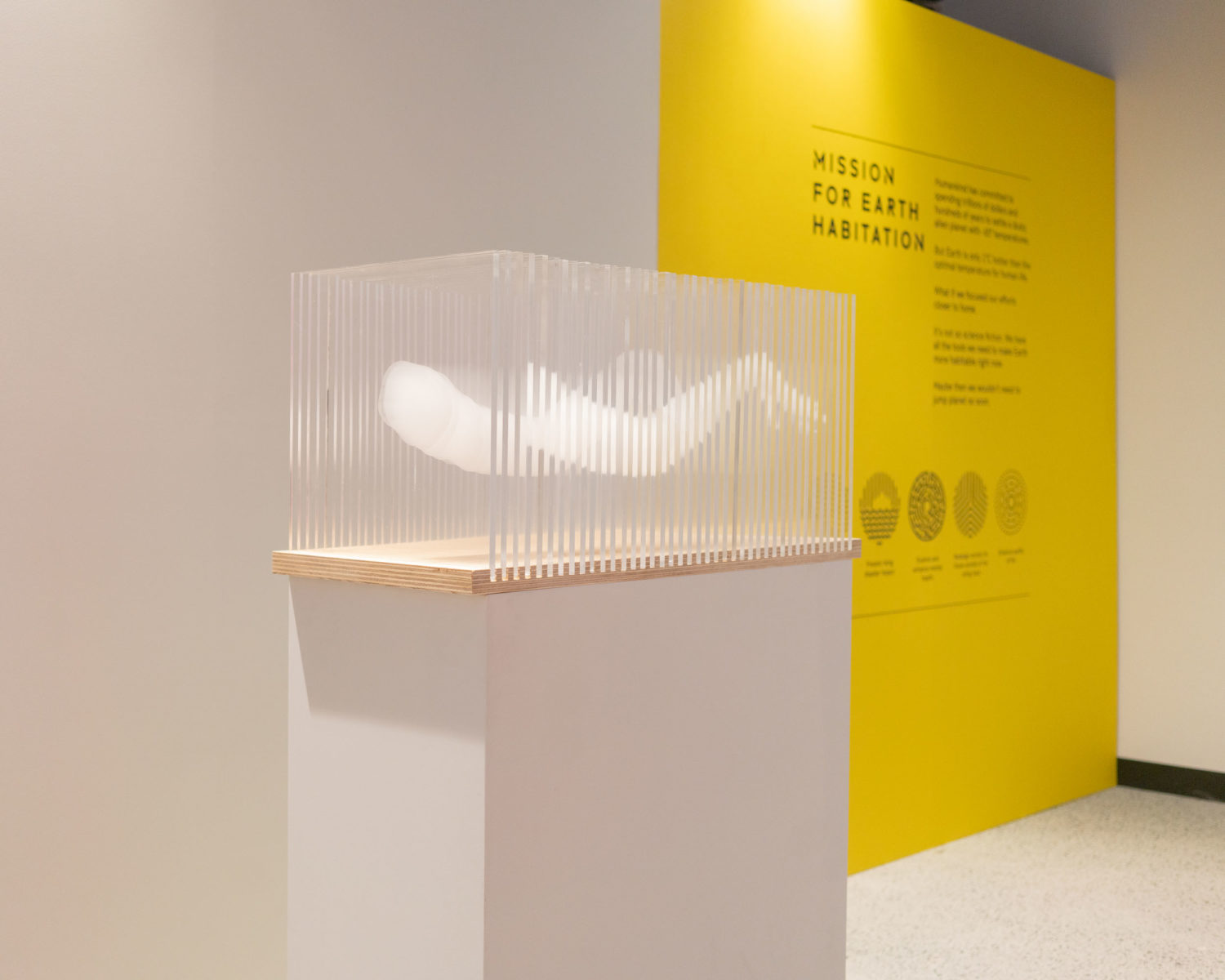
We collaborated with the UNSW Design Futures Lab to create a series of bespoke sculptural pieces that supported the exhibition messaging and visual themes. One of the largest pieces, the 1.6m diameter mountain peak was carved by the lab’s six axis CNC robot arm. All of the sculptures were designed to evoke a feeling between science and art.
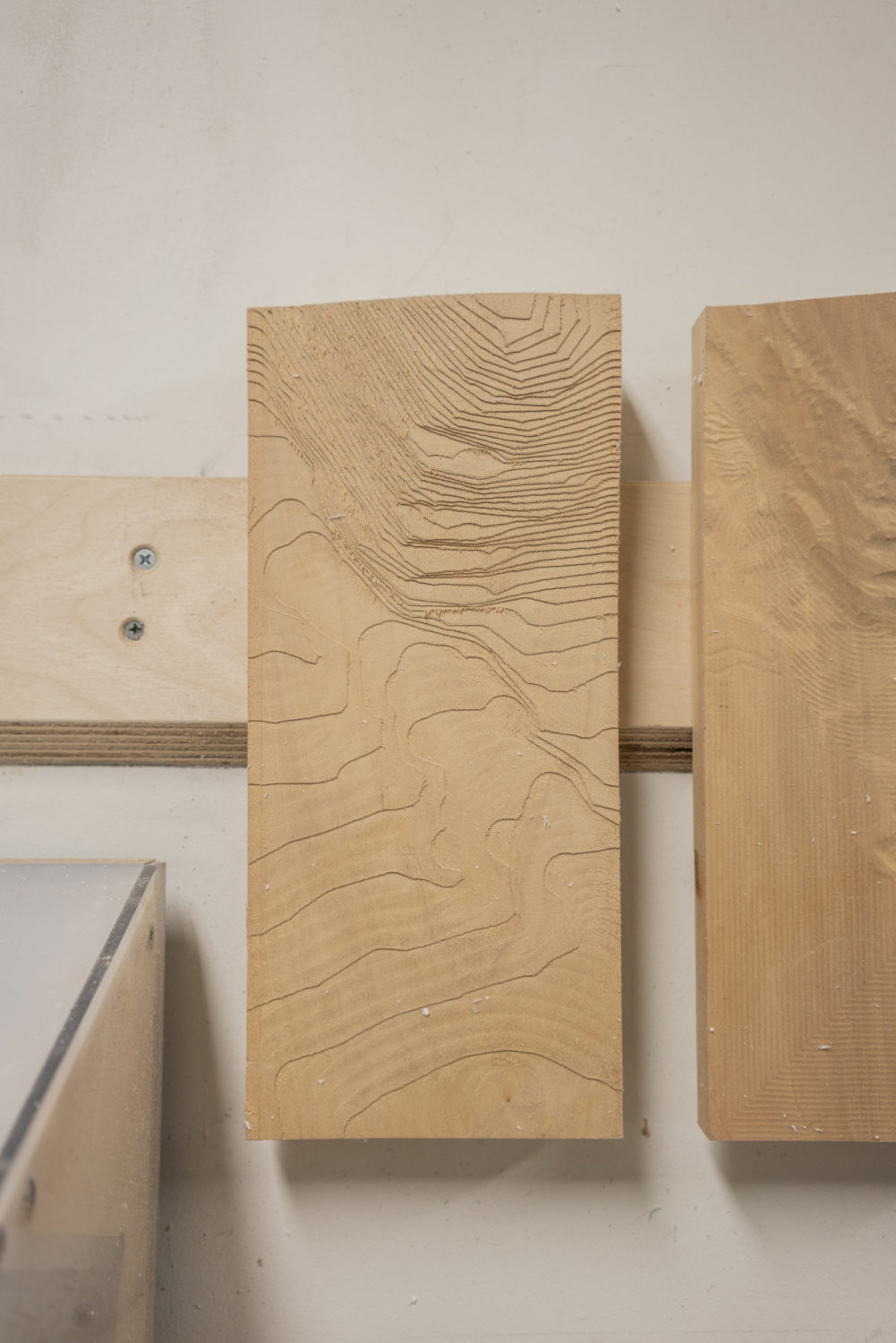
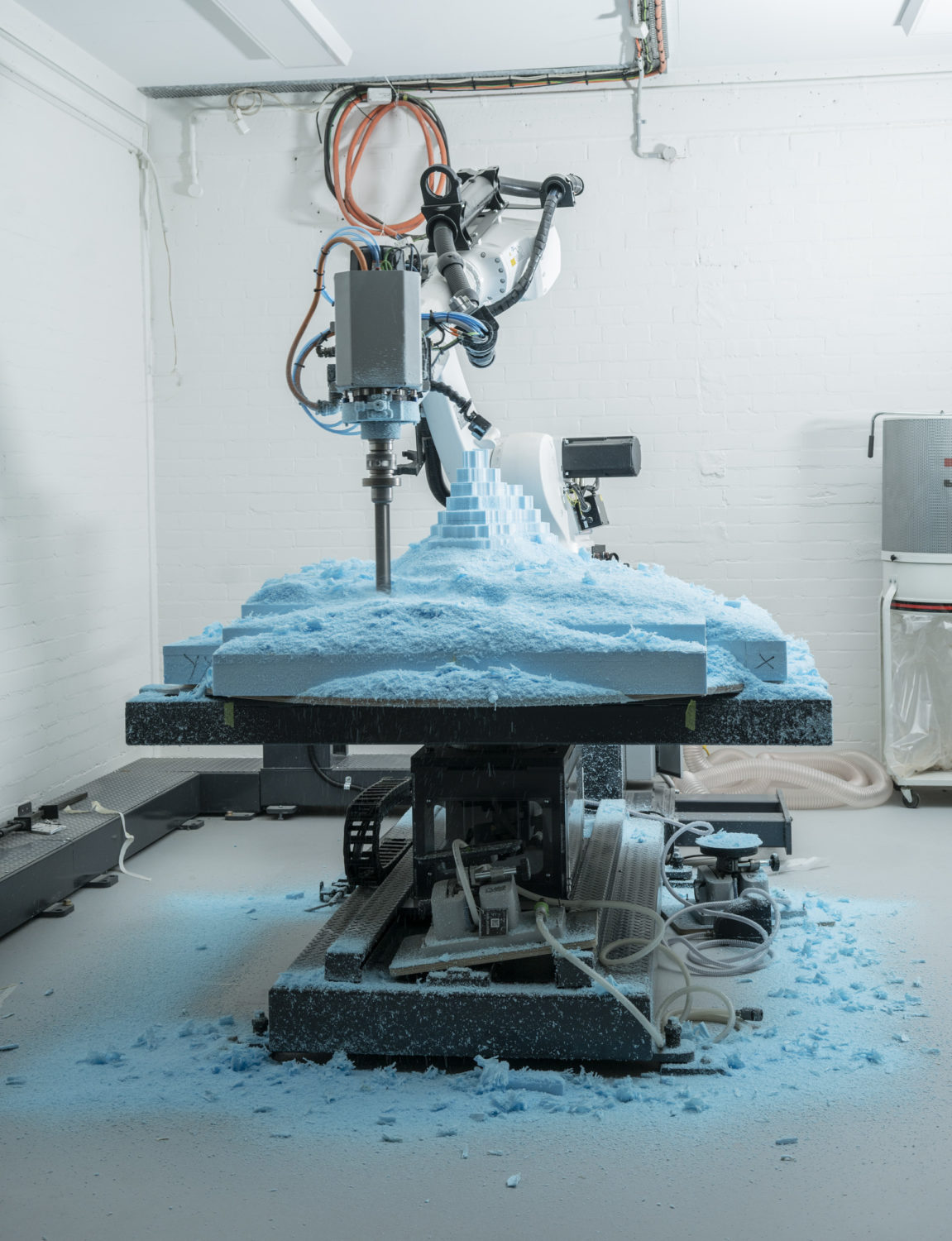
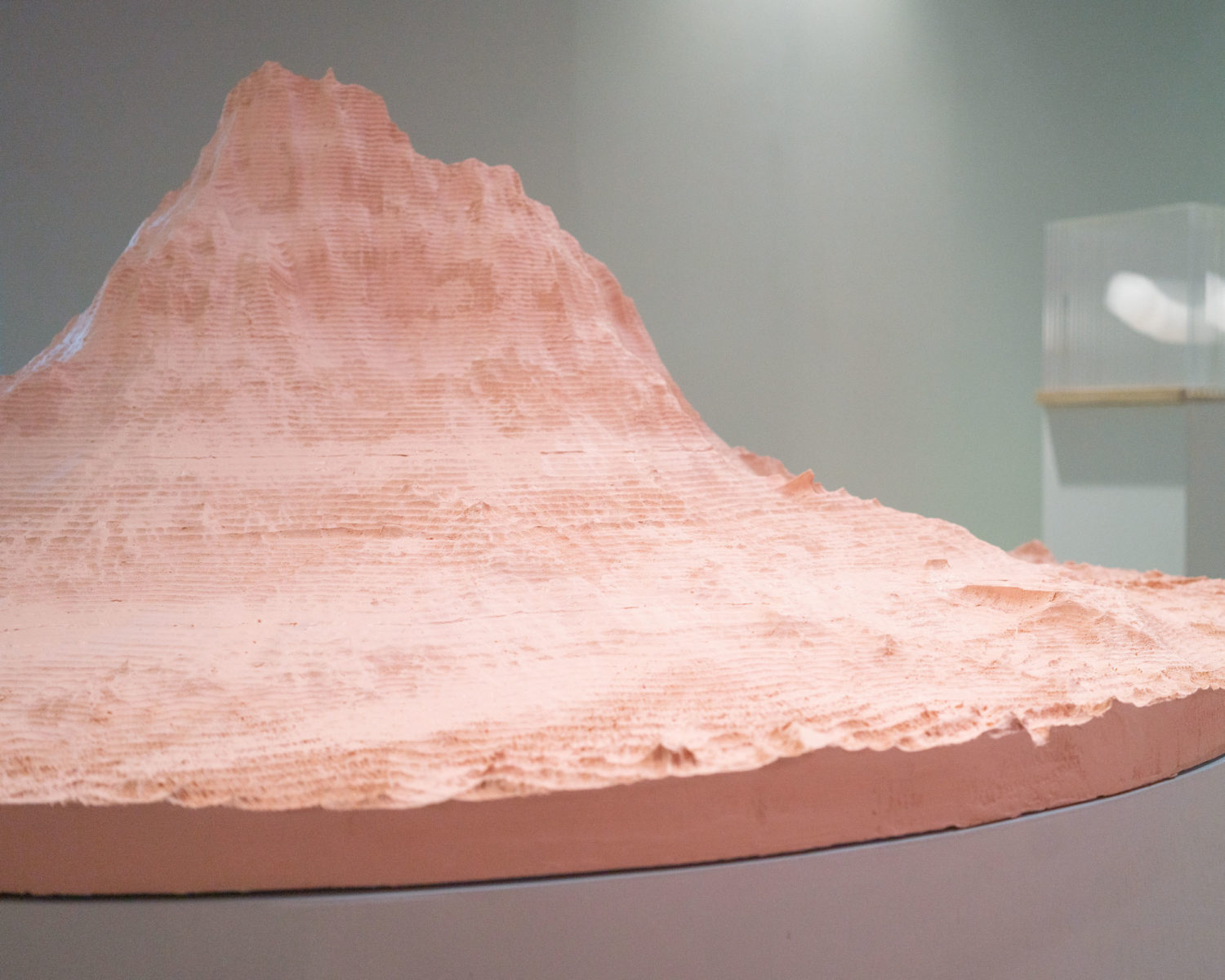
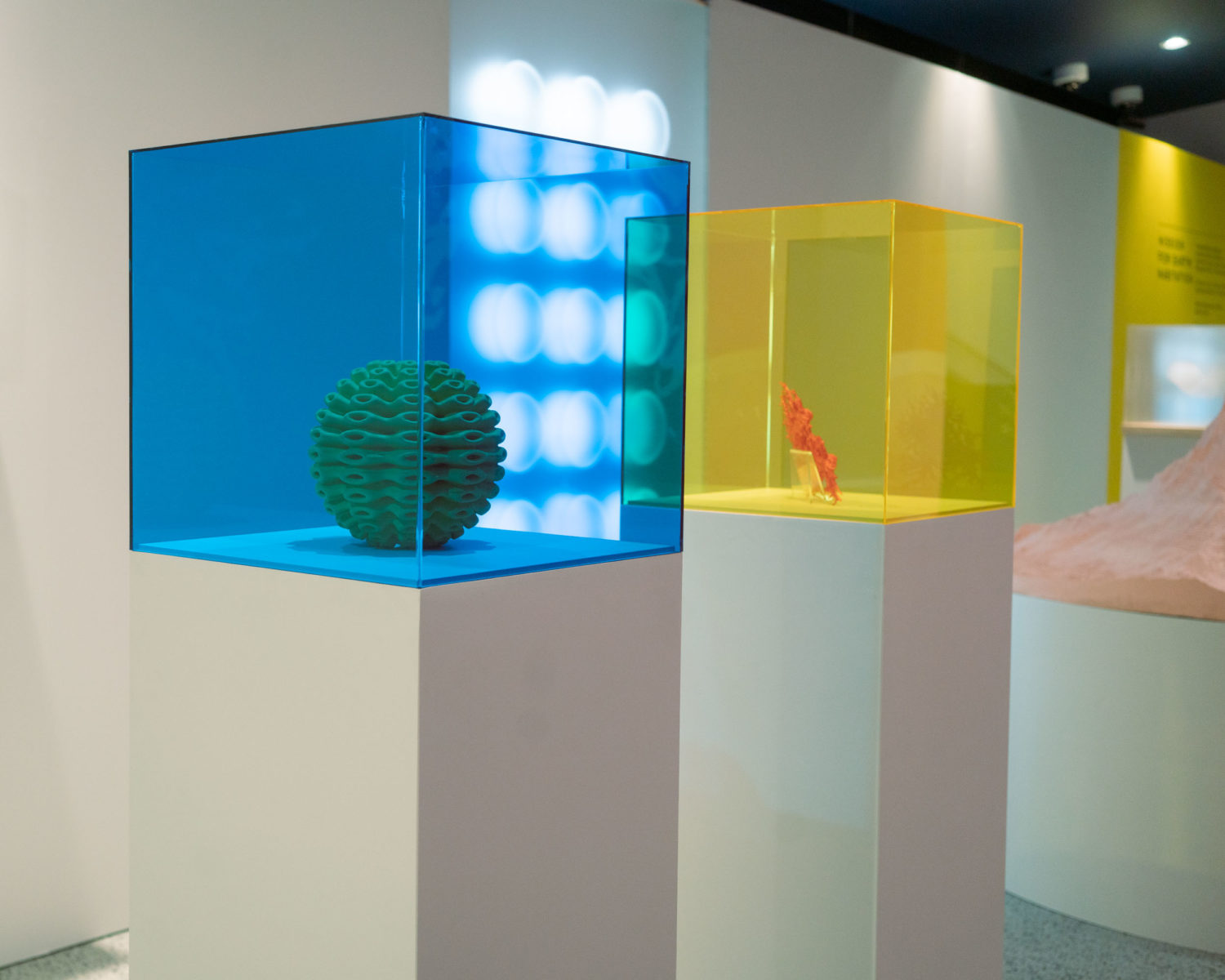
The hero piece of the exhibition was a 90sec full CG film that was directed by Collider’s Glenn Stewart and scored by Australian composer Richard Pike (PVT). Created to be highly immersive and captivating within the context, the film explored the central themes of the exhibition through the creation of hypereal and unfamiliar landscapes and scenarios.
One of the main challenges for the exhibition was to repurpose a highly functional space into something transporting and immersive. Through the use of simple spatial reorganising and lighting we were able to keep the themes of the exhibition clear throughout the journey.
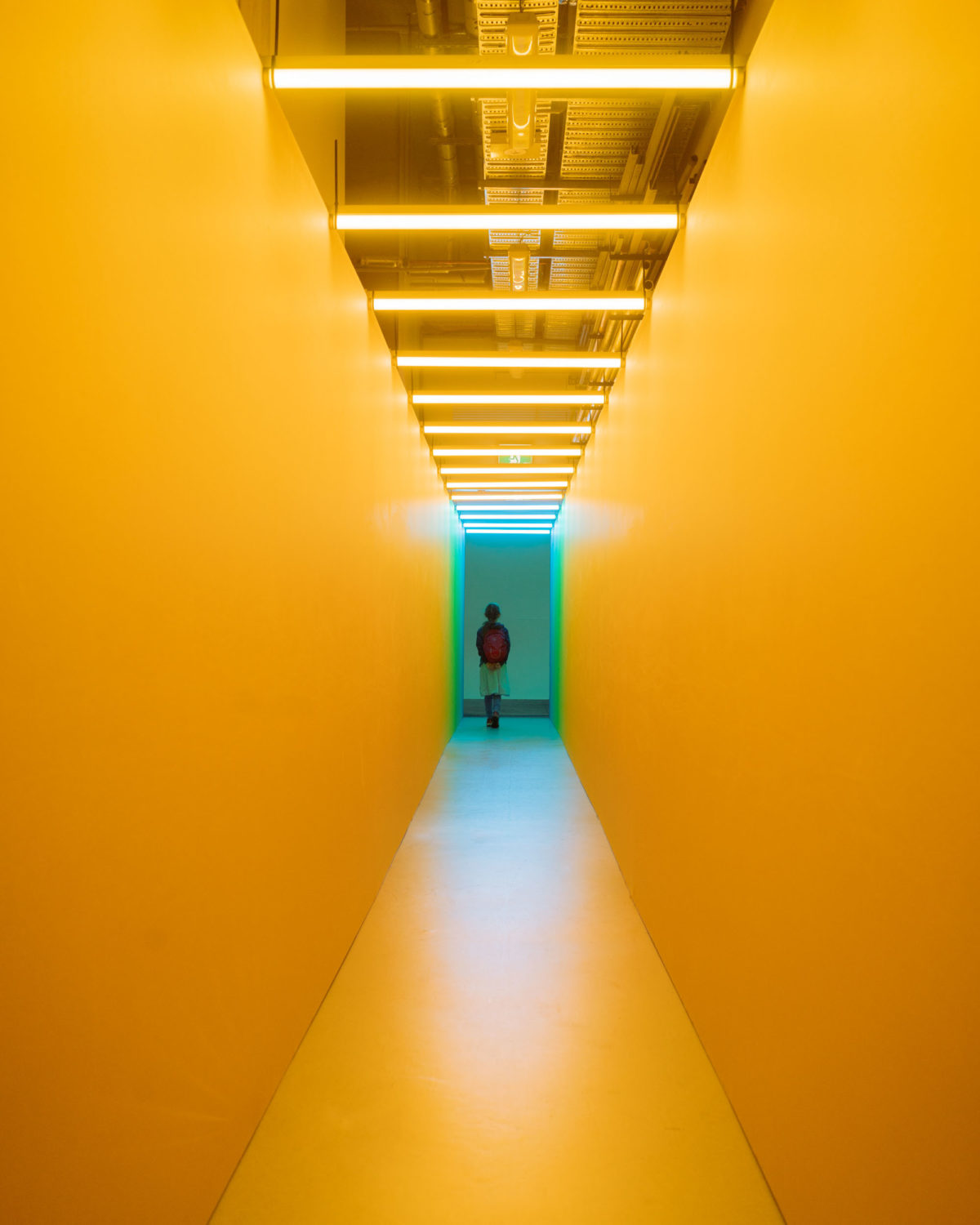
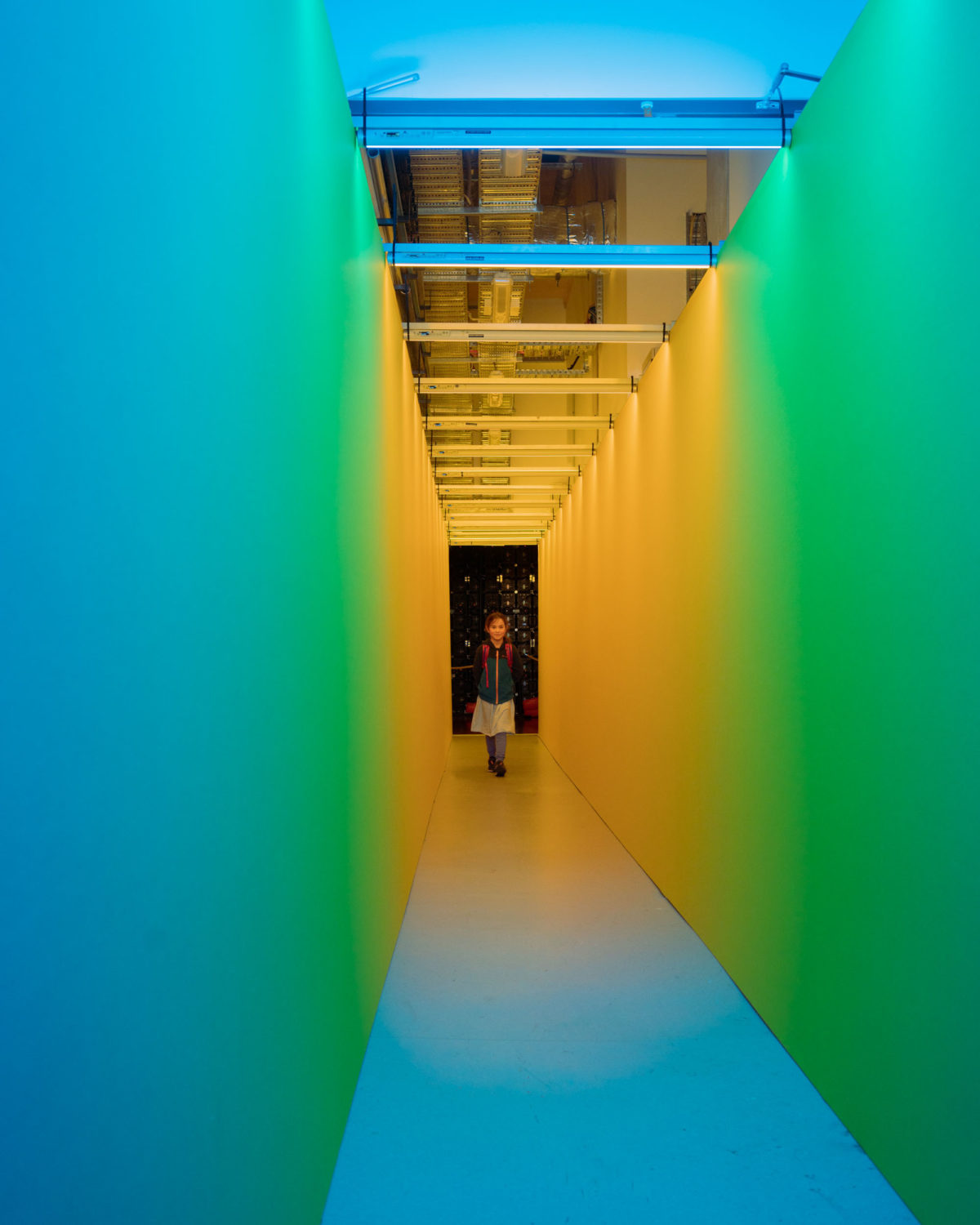
The exit space provided a more contemplative end area for those who’d experienced the visual metaphors of the exhibition. In this area visitors could learn more deeply about real, active projects undertaken by UNSW in the five key categories of change.
